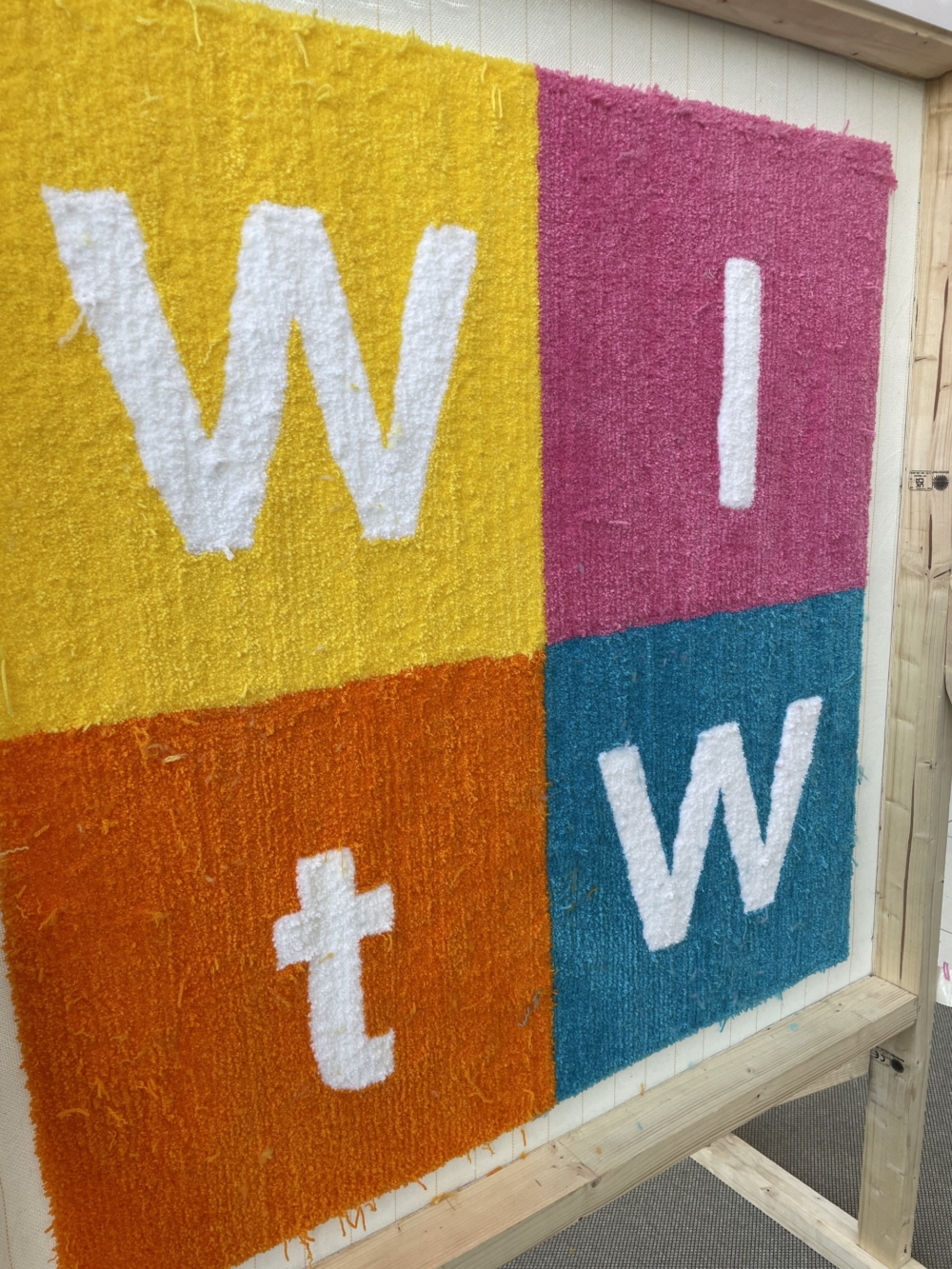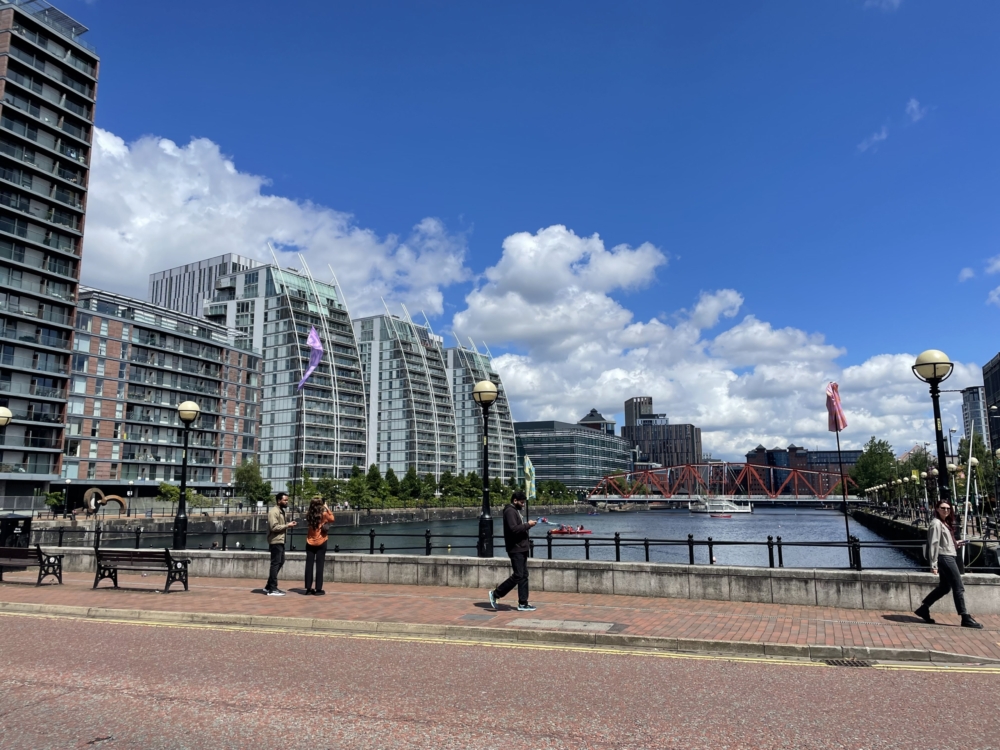NEW CLIENT: PRESTON PARK
The Evaluator is delighted to be working with a new project and a new client – Preston Park Museum. This House Sparks Joy: Decluttering Preston Park Museum is a heritage project, funded by the National Lottery Heritage Fund, as part of their ‘Dynamic Collections’ initiative. The project involves moving objects from an offsite store to a new onsite open store, where the public can view the ‘behind the scenes’ processes of cleaning, conservation, and preparation. It also focuses on developing a sustainable approach to rationalising the collection, which encourages community input into decision-making about objects.
The reason this project is called This House Sparks Joy is that it is inspired by the Marie Kondo book – The Magic of Tidying Up. This book explains how individuals can declutter their homes by only keeping the things that spark joy.
Now imagine all of that being translated to a museum. In fact, museums cannot keep everything forever because storing items requires not only care and attention but also mending, regular checks, cleaning and much more behind the scenes than you may think.
So how do you make choices about what to keep, what to display and what to move on? How do you make sure that those difficult choices are made, whilst also listening to the voices of your community?
“Preston Park Museum & Grounds has been awarded £237,000 of National Heritage Lottery Funding as part of the Dynamic Collections Project. Thanks to National Lottery players, we are able reshape and improve the management of Preston Park Museum’s collection, whilst also evolving to meet the changing needs of the communities around us, and to reflect more people’s history and experiences.
The two-year project will help bring hundreds of unseen local objects, on display, in an interactive and visible store. Preston Park Museum currently has over 100,000 objects in its collection, with less than ten percent on display for public viewing. Working hard behind the scenes to uncover and bring to life the stories of the people and objects from across the Tees Valley, is over 35 volunteers.”
The museum explains.
You can read more about the project here

